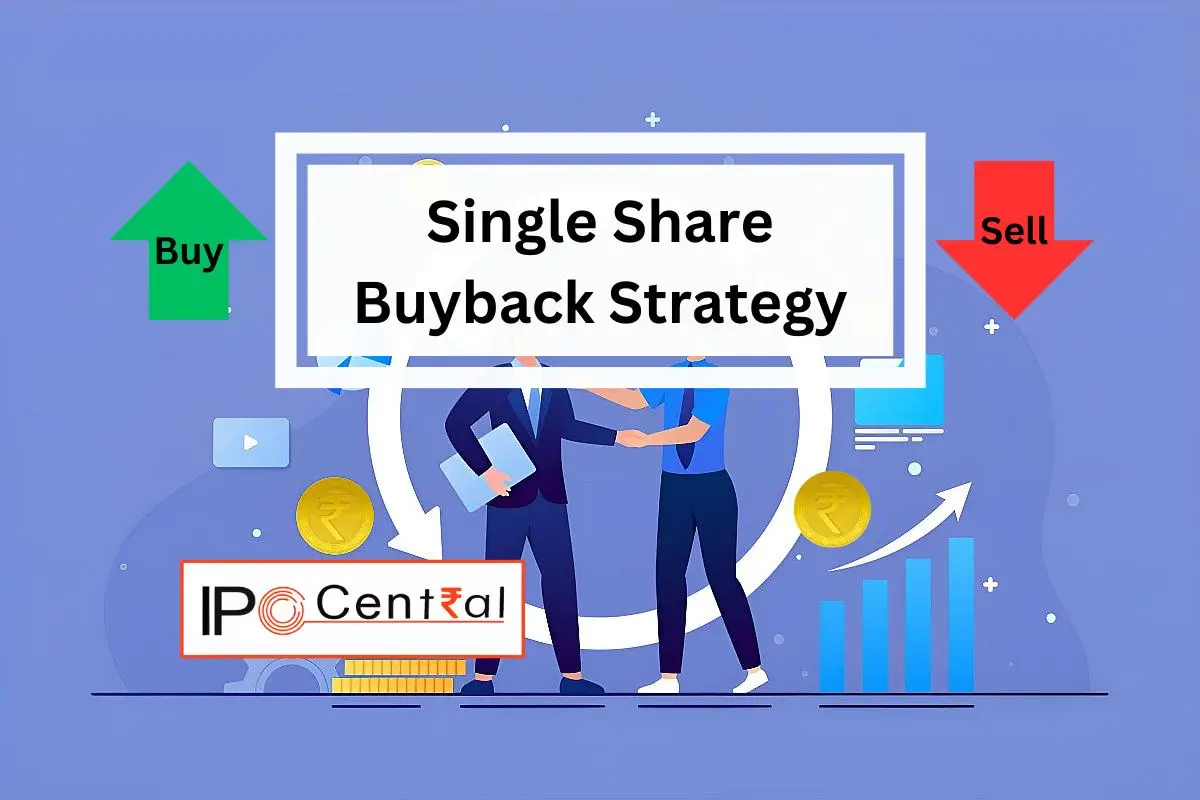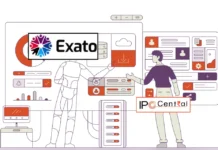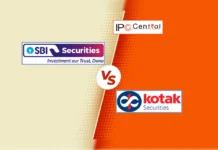Share buybacks have gained popularity over the years as they allow companies to enhance shareholder value, consolidate ownership, stabilize stock prices, and improve financial ratios. A single share buyback strategy can generate reasonable returns on a small capital investment for retail investors. Before delving into the specifics of this strategy, it’s essential to revisit the fundamentals.
Companies typically engage in buybacks to support their stock price and return excess cash to shareholders, with the buyback price generally set higher than the prevailing market price. According to SEBI regulations, anyone holding shares worth less than INR 2,00,000 as of the record date is classified as a small shareholder, with 15% of the shares in the buyback reserved for these investors. This threshold for small shareholders in buybacks aligns with their definition of IPOs. While the 15% reservation is beneficial for retail investors, there remains a risk since companies do not necessarily repurchase 100% of an investor’s shares.

Let’s understand this with an example. Let’s say an investor has purchased 10 shares at INR 2,000 each to participate in a buyback conducted at INR 2,400 per share. If more shares are tendered than the company intends to repurchase, it may only buy a fraction of the shares tendered. In this scenario, the company might accept only 3 shares from the investor and return 7 shares.
If the stock price remains at INR 2,000 per share in the open market, the investor profits by INR 1,200 by selling 3 shares to the company at INR 2,400 and selling the remaining 7 shares in the market at INR 2,000 each. However, if the stock price declines in the open market, potential profits from the buyback could be offset by losses on the remaining shares. This is where the 1 share buyback strategy proves beneficial.
Single share buyback strategy
Under this strategy, an investor needs to purchase just one share of the company. If the IPO is sufficiently large, the company will likely buy back 100% of the tendered single share since it cannot complete transactions in fractional amounts.
In this case, an investor could realize a profit of INR 400 or a return of 20% within one month on an initial investment of INR 2,000 by selling their share to the company at INR 2,400. For instance, during TCS buyback, investors who bought one share at INR 3,700 and tendered it to the company at INR 4,500 earned up to INR 800—yielding a return of approximately 21.6% within about a month. For simplicity’s sake, brokerage and other charges have been excluded.
The single share buyback strategy is scalable and can be executed across multiple demat accounts belonging to friends and family members; however, different PANs must be used in these accounts.

Advantages of 1 share buyback strategy
- Confirmed profits in eligible buybacks
- High return on investment
- Quick recovery of initial capital
- Can be replicated in multiple demat accounts
Disadvantages of single share buyback strategy
- Small profit in absolute terms
- Single share buyback strategy works only in buybacks at high prices
- Not scalable for many individuals without willing partners
- Not practical for high-capital investors due to scalability challenges
In summary, buybacks serve as an efficient means of returning capital in an almost tax-free manner. Investors have increasingly recognized this tool and capitalized on gains as a result. Within the scope of buybacks, the single share buyback strategy functions effectively and provides decent returns for small accounts; however, it may not yield substantial returns in absolute terms due to outlined challenges.
What is 1 share buyback strategy?
A share buyback occurs when a company repurchases its shares from the market, reducing the number of outstanding shares. This can enhance shareholder value by increasing earnings per share and providing a return of capital to shareholders.
How does the single share buyback strategy work?
A single share buyback strategy involves purchasing just one share of a company that is conducting a buyback. Since companies typically cannot buy fractional shares, this approach increases the likelihood that the company will repurchase the single share tendered by the investor.
How do I know if I qualify as a small shareholder?
According to SEBI regulations, a small shareholder is defined as someone holding shares worth less than INR 2,00,000 as of the record date. Small shareholders are entitled to a reservation of 15% in buybacks.
Can I participate in multiple buybacks using different accounts?
Yes, you can participate in multiple buybacks using different demat accounts, as long as each account is registered under different PANs. This allows you to increase your chances of having shares accepted in various buybacks.
Are there any fees associated with participating in a buyback?
While participating in a buyback, investors should consider brokerage fees and any other transaction costs that may apply when buying or selling shares.






































